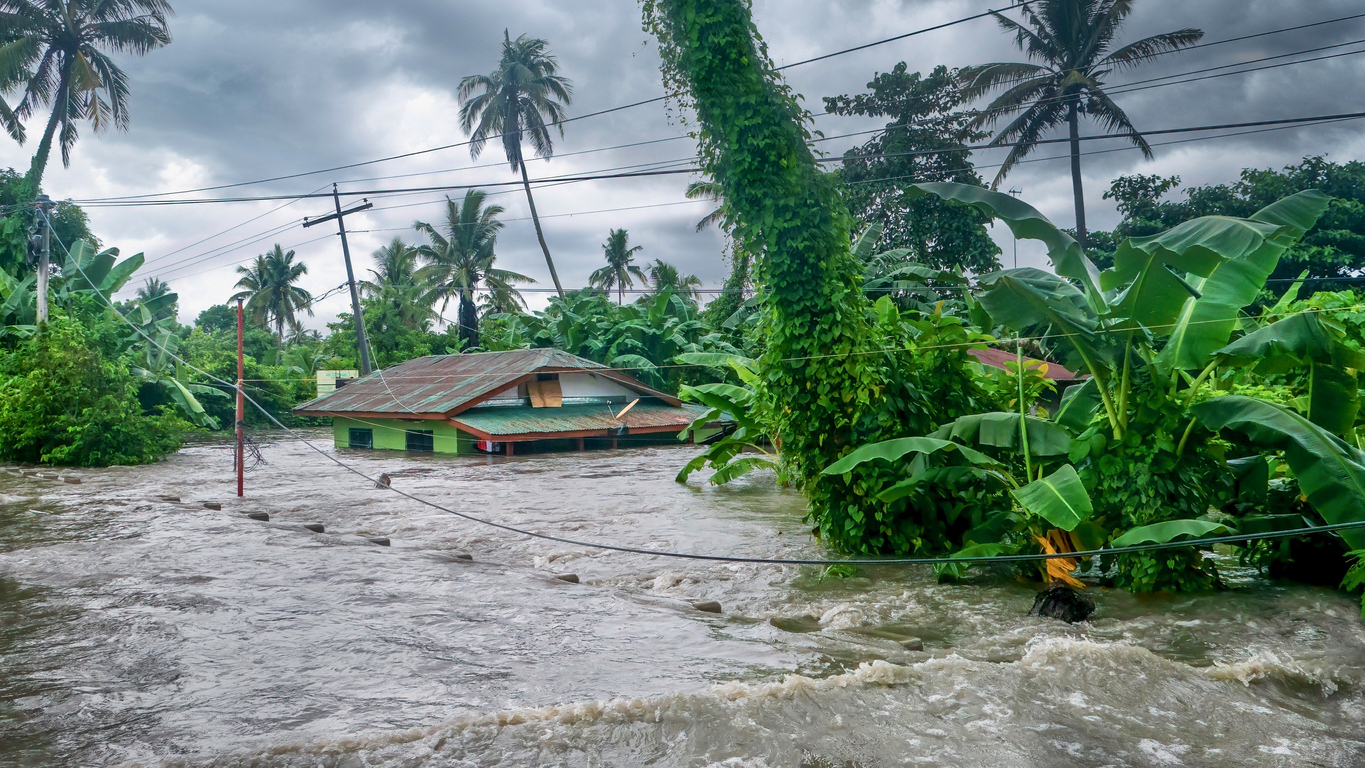Swiss Re’s website sigma-explorer.com noted insured losses for 170 natural catastrophes and 105 man-made disasters in 2021 alone.[i] While almost all of these events resulted in property damage and loss of earnings for the affected businesses, some of those entities also felt the effects of civil authority evacuations, power outages, and supply chain disruption.
In order for these businesses to resolve their insurance claim and get back to a pre-loss environment, they need to provide documentation to help quantify the potential loss. Examples include financial statements, tax returns, bank statements, payroll, purchasing history, inventory counts, property values, and other items.
Unfortunately, if entry to the premises is restricted or the records are destroyed, it may not be possible to access this type of information. In these instances, the impacted business may not realize they can utilize third-party resources to access information to help quantify their losses.
MDD’s years of assessing the financial impact of natural and man-made disasters have given us unique insight into the types of documents businesses need and where they can access them if their records are destroyed or unavailable.
We’ve created the below checklist to help businesses minimize what is already a stressful and traumatic situation.
| Required Documentation | How to Access |
| Financial statements; general ledgers | Outside accountants the business may use |
| Business purchases, payroll, and sales deposits | Banking institutions |
| Detailed payroll records | Payroll processing companies |
| Purchasing history | Key suppliers |
| Tax notices | City, regional, state, and municipal government agencies |
| Corporate and personal tax records and – where required – GST/HST | The appropriate national tax authority. A comprehensive list is available here. |
Forensic accounting experts may also utilize additional resources to ensure they have a comprehensive understanding of the business and its operating environment:
- Government sites such as Industry Canada, Statistics Canada, U.S. Bureau of Economic Analysis, Bureau of Labor Statistics, UK Office for National Statistics, Dubai Statistics Center
- Industry and trade publications/sites
- Provincial, state, and regional websites that provide location-specific industry statistics
Remember: business owners and operators should keep the above in multiple places and formats. This way, if one location or version is destroyed or inaccessible, they still have a backup.
The statements or comments contained within this article are based on the author’s own knowledge and experience and do not necessarily represent those of the firm, other partners, our clients, or other business partners.























